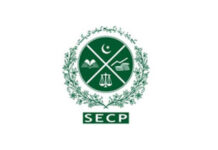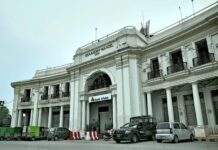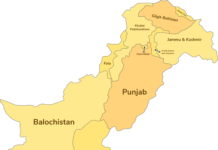Non-performing loans (NPLs) went down in the last quarter of the calendar year 2016 while small and medium enterprises (SMEs) continued to have the highest infection ratio, according to a recent report by State Bank of Pakistan (SBP).
NPLs in the corporate segment were the highest. Sector-wise, textiles companies had the highest NPLs.
The infection ratio in the corporate segment fell from 12pc at the end of third quarter to 10.6pc at the end of the fourth quarter. NPLs in the corporate segment fell to Rs431b from Rs443.6b a quarter ago.
Despite having the highest infection ratio among all segments, SMEs also noted a decline in NPLs; its ratio fell from 25.3pc to 20.3pc in the fourth quarter. NPLs of SMEs at the end of the fourth quarter were Rs82b.
Agriculture also saw a decline in its NPLs; the ratio fell from 15.8pc in the third quarter to 12.9pc in the fourth quarter. NPLs in the agriculture segment fell from Rs46.3b to Rs38b over the quarter.
The improvement in NPLs in these segments is mainly on account of limited growth in advances and a cautious approach adopted by banks and other financial institutions. Advances increased in 2016, but infected loans date back to three to five years. Overall NPLs fell to Rs604b against Rs633b at the end of the third quarter of 2016.
The textile sector was at the top in terms of both infection ratio and NPLs in 2016. However, both indicators witnessed a drop in the last quarter of 2016. The infection ratio for the textile sector fell from 27pc to 22.6pc at the end of December. Its NPLs declined from Rs196.5b to Rs192.5b over the quarter.
The SBP report showed the highest NPLs under the ‘others’ category amounting to Rs206bn. Its infection ratio was 9pc, down from 9.8pc in the third quarter.
The production and transmission of energy, which received the highest advances, recorded NPLs of Rs31b. Its advances rose to Rs892b at the end of December. Its infection ratio was 3.5pc, down from 4.4pc a quarter ago.
























